Storming mobs shouting “Hang Pence,” “Get Pelosi,” “U.S.A,” waving TRUMP 2020 and Confederate flags, wearing buffalo horns, carrying arms and ammunition, breaking into the Capitol, crying election fraud, and killing people, stunned humanity on January 6th, 2021. It may be repeated in all 50 state capitals.
This was a replay of the fascist nightmare of “the century of nationalism and wars,” unimaginable to happen in the so-called greatest democracy of the century. This is only the tip of the iceberg of the pyramidal system of civilization, with its five calamities of delusion, bondage, discrimination, exploitation, and destruction.
“Pyramid” is called “money-character tower” in its Sino-Japanese character (金). Civilization makes money, material, might, and in contrast to life, heart, and harmony – more fundamental for all life and life systems – of the Life-Indranet culture, with its five blisses of awakening, freedom, equality, love, and peace.
Trump epitomizes the money-taking hegemony of politics under the guise of polis of people or democracy. Money engulfed Trump, Republicans, media, corporations, religions, politics, and people, which has allowed falsehood and fraud (pandemic, climate change, election, etc.) and swallowed the U.S entirely.
The complicity of all social sectors for four years created his attempted coup. It has been the neglect of the Dharma (truth/ethic) of Dependent Co-origination and the Five Precepts (no killing, stealing, lying, sexual misconduct, and intoxicants: holding life, matter, society, generation, and awakening in safety).
The Five Precepts, which were adapted into the Global Ethic for all to observe, are to keep life, material support, social integrity, generational equity, and wakeful living for holy harmony, health, and happiness. Lies destroy truth and ethic, eventually destroying societies. Liars and propagandists must be removed.
Trump, pressured to resign or be impeached, may try to self-pardon. Pardon has been an old legacy of pyramidal societies to ameliorate and adjust inequalities. Self-pardon is contradictory to the meaning of pardon and to its intended purpose. That’s why Nixon resigned, to be pardoned by Ford. Self-pardon will become social demise.
The Buddha said that we must orient our minds from the origin or matrix (yoniso manas-kāra). He also said that we must rely on the Dharma, not humans (bound by karma of the Triple Poisons). Two days after the inauguration of president-elect Biden is the day when the nuclear weapons ban treaty becomes effective.
We must go beyond selfishness, societies, states, and species to work together as living beings to solve our problems of pandemic, climate change, mass extinction, nukes, wars, etc., shifting our paradigm, perspective, and prognosis from a limited ego to the limitless eco of life, light, liberation, love, and holy harmony.
January 11, 2021 C.E. Dharma note
Note: Paradigm Shift:
https://heiwasekai.wordpress.com/2018/01/20/%e3%80%8c%e6%9e%a0%e7%b5%84%e8%bb%a2%e6%8f%9b%e3%80%8d%ef%bc%9aparadigm-shift/
「ペンスを吊るせ」、「ペロシを捕まえろ」と叫び、トランプ2020、南部連合の旗を振り、バッファロー角を被り、武器・弾薬を持ち、議事堂に乱入し、選挙不正だと叫び、人々を殺して、押し寄せる暴徒達は1月6日人類を唖然とさせた。それは全五十州に繰り返されるかもしれない。
これは「国家主義と戦争の世紀」のファッシストの再演であったがこの世紀に最大の所謂民主国と言われる所で起きるとは想像も出来なかった。これは迷妄、束縛、差別、搾取、殺戮の五禍を伴う金字塔文明の氷山のほんの一角である。
ピラミッドは中国語日本語で「金字塔」と呼ばれる。文明は覚醒、自由、平等、愛情と平和の五福を伴う命帝網の一切の生命と生命体系のもっと根本的なものである命、心、和と対照的な金、物、力を作る。
トランプは人々のポリス(都城)即ち民主主義の仮装をした金取りの政治覇権の典型である。金はトランプ、共和党、メディア、企業、宗教、政治と人々を飲み込んだが、(パンデミック、気候変動、選挙などの)虚偽と詐欺を許し米国全体を飲み込んだ。
四年にわたる全ての社会分野の共犯性がクーデターの試みを創り出したのだ。それは縁起の法(真理・倫理)と(倫理根本の)五戒(不殺、不盗、不偽、不淫、不飲酒:生命・物質・社会・世代と覚醒を安全に保つ)を疎かにしてきたのだ。
一切の者が守るべき地球倫理に採用された五戒は聖(全体健全)なる調和、健康と幸福の為の生命・物質支援・社会統合・世代公正と覚醒生活を維持する為である。
トランプは、辞職か弾劾に迫られて、自己恩赦を試みるかもしれない。恩赦は不公平を和らげ調整する為の金字塔社会の古い遺産となってきた。自己恩赦は恩赦の意味にもその意図する目的にも反する。だからニクソンは辞職し、フォードが恩赦したのである。自己恩赦は社会破滅になる。
仏陀は我々は「根源即ち母型から思惟すべきである」(yoniso manas-kāra)と言った。彼はまた我々は人(三毒の業に束縛された)人にではなく法に依らなければならないと言った。選挙で次期大統領に選ばれたバイデンの就任式の後二日で核兵器禁止条約が発効する。
我々は自己中心、社会、国家、種族を越えて我々の制限されたエゴから命、光、自由、愛、聖なる和の無限のエコへ枠組、視野、智慧を転換してパンデミック、気候変動、大量絶滅、核、戦争などの問題を解決する為に共に働かなければならない。
2021年1月11日 法記
註:枠組転換:
https://heiwasekai.wordpress.com/2018/01/20/%e3%80%8c%e6%9e%a0%e7%b5%84%e8%bb%a2%e6%8f%9b%e3%80%8d%ef%bc%9aparadigm-shift/






Rioters’ breach of the Capitol, Time & Place:
41 minutes of fear: A video timeline from inside the Capitol siege
Article with the video of rioting: Trump’s Future Looks Rotten:
https://limitlesslife.wordpress.com/2021/01/14/trumps-future-looks-rotten/
The following pictures were taken today and sent by
Rev. Erin Daiho, living in Washington, our member and editor

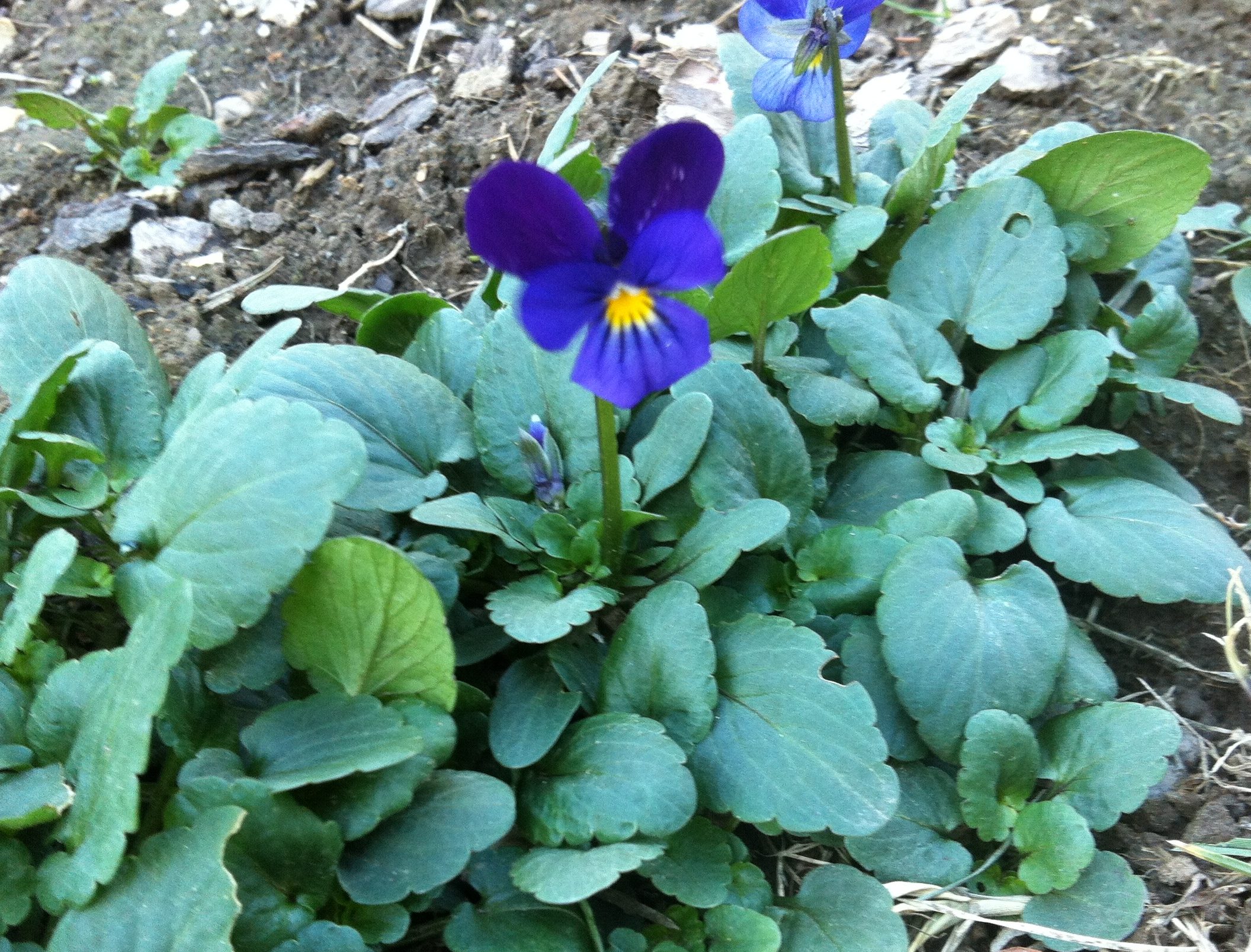
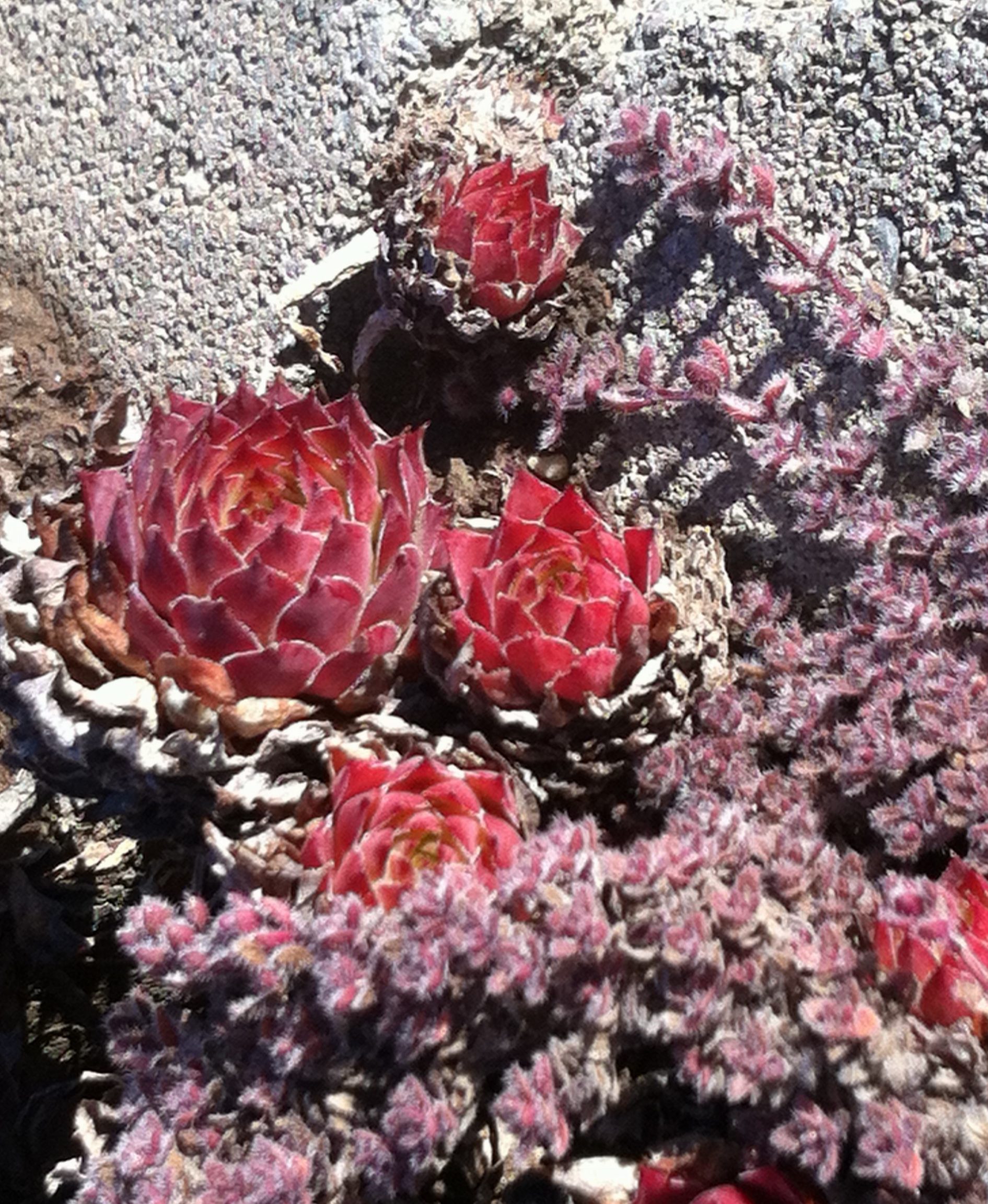
 核兵器禁止条約が、2021年1月22日に発効しました。核兵器が国際法でついに違法化されることを、広島・長崎の被爆者の方々とともに祝い、これを「核なき世界」へのスタートとするために、東京・広島・長崎そして全国をオンラインでつないでイベントを開催しました。以下のリンクで、1時間30分にわたるイベントの完全動画と、海外の方々から寄せられたメッセージをご覧になれます。
核兵器禁止条約が、2021年1月22日に発効しました。核兵器が国際法でついに違法化されることを、広島・長崎の被爆者の方々とともに祝い、これを「核なき世界」へのスタートとするために、東京・広島・長崎そして全国をオンラインでつないでイベントを開催しました。以下のリンクで、1時間30分にわたるイベントの完全動画と、海外の方々から寄せられたメッセージをご覧になれます。
















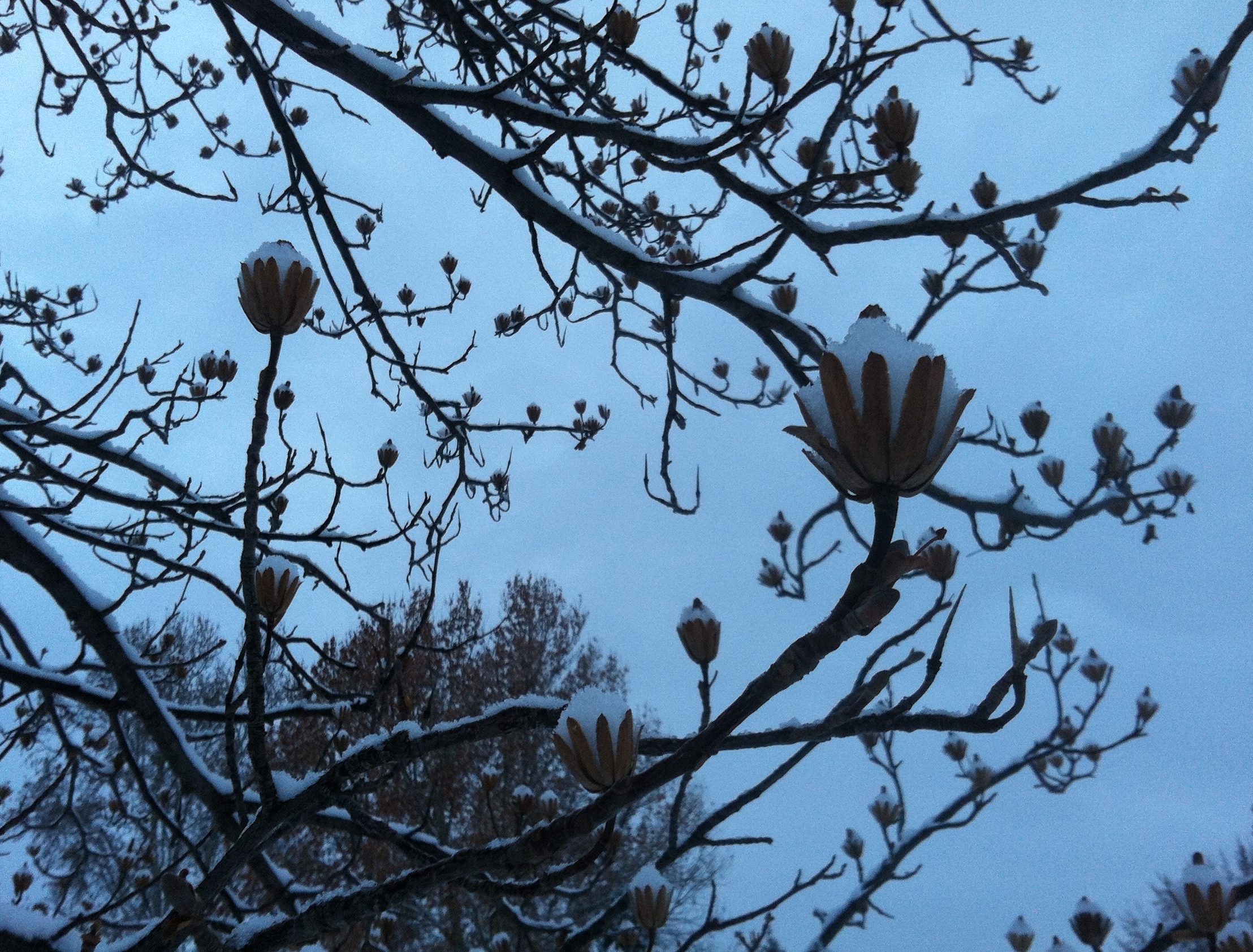

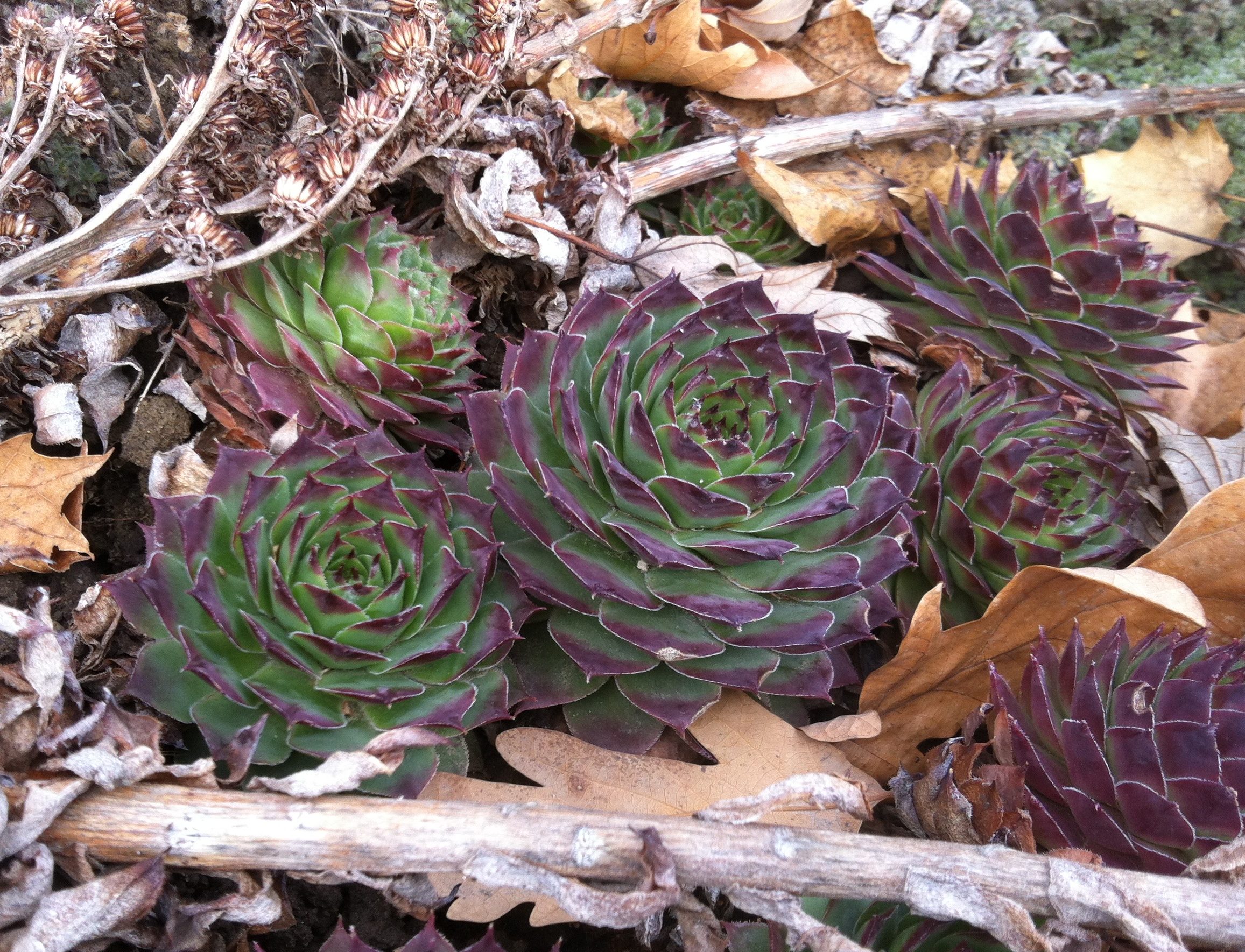
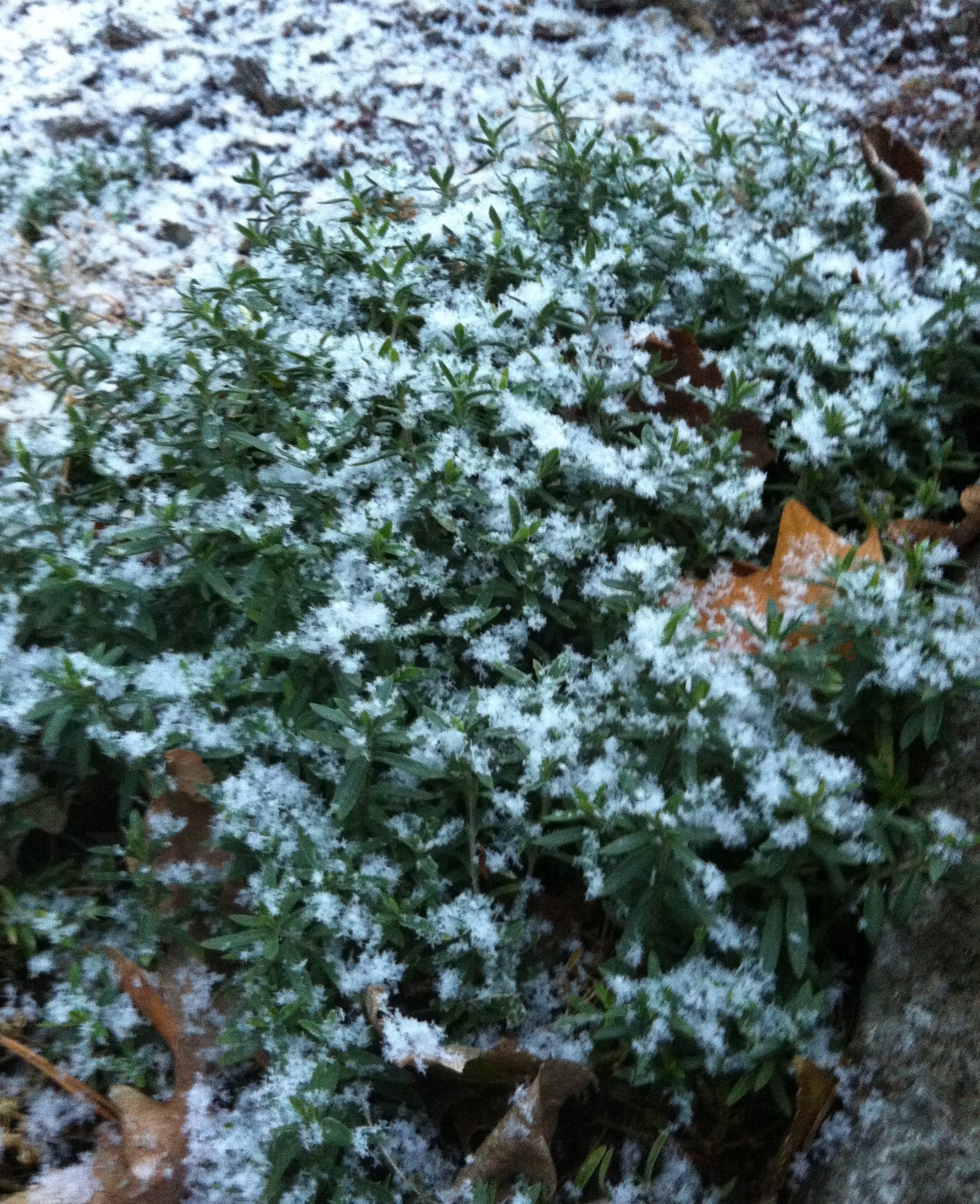


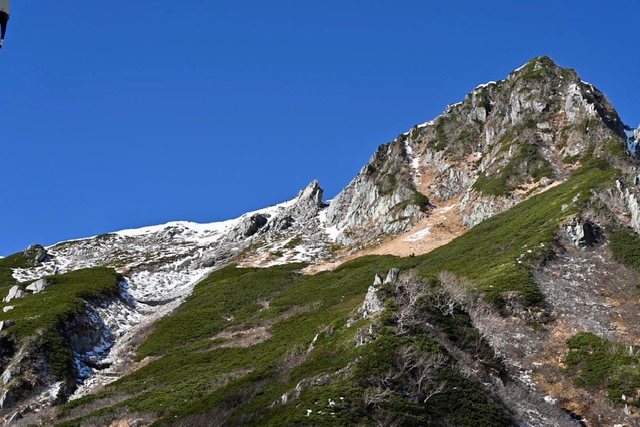
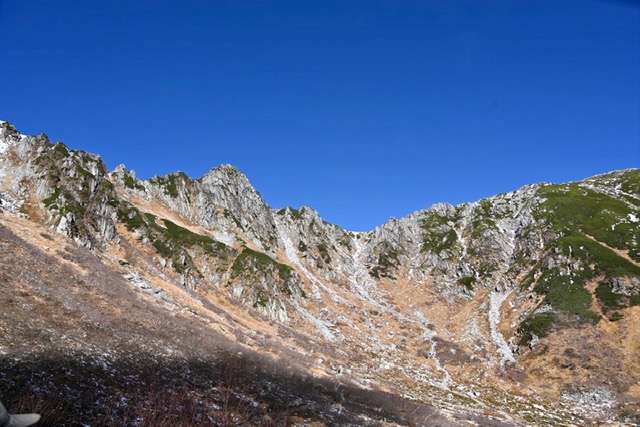
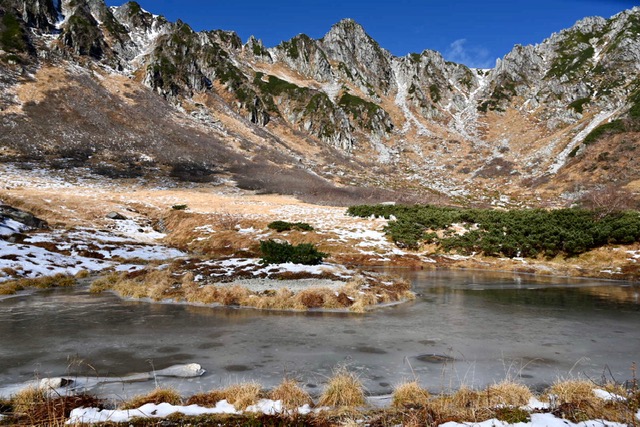
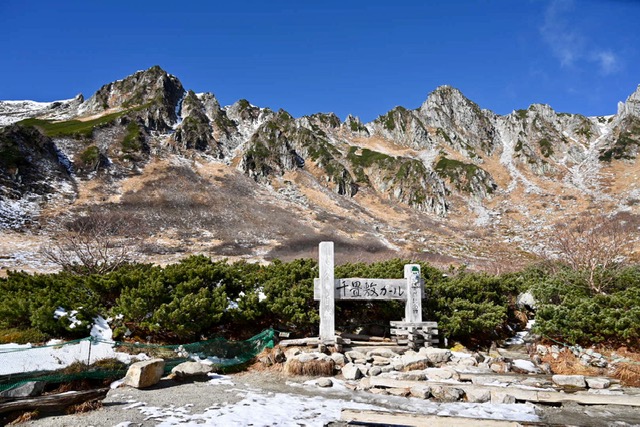
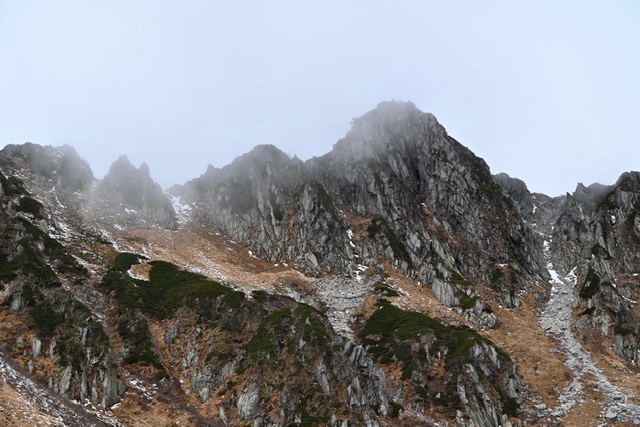

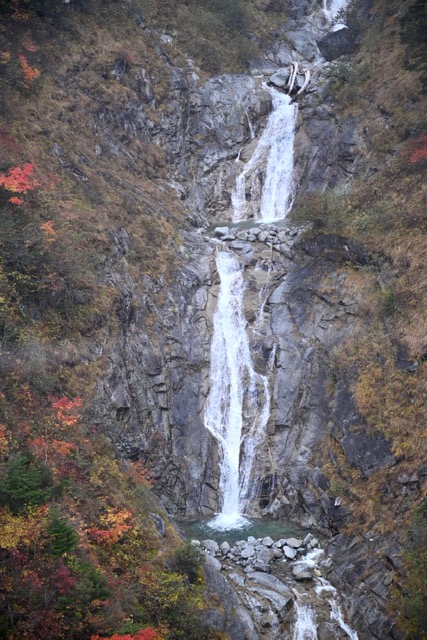
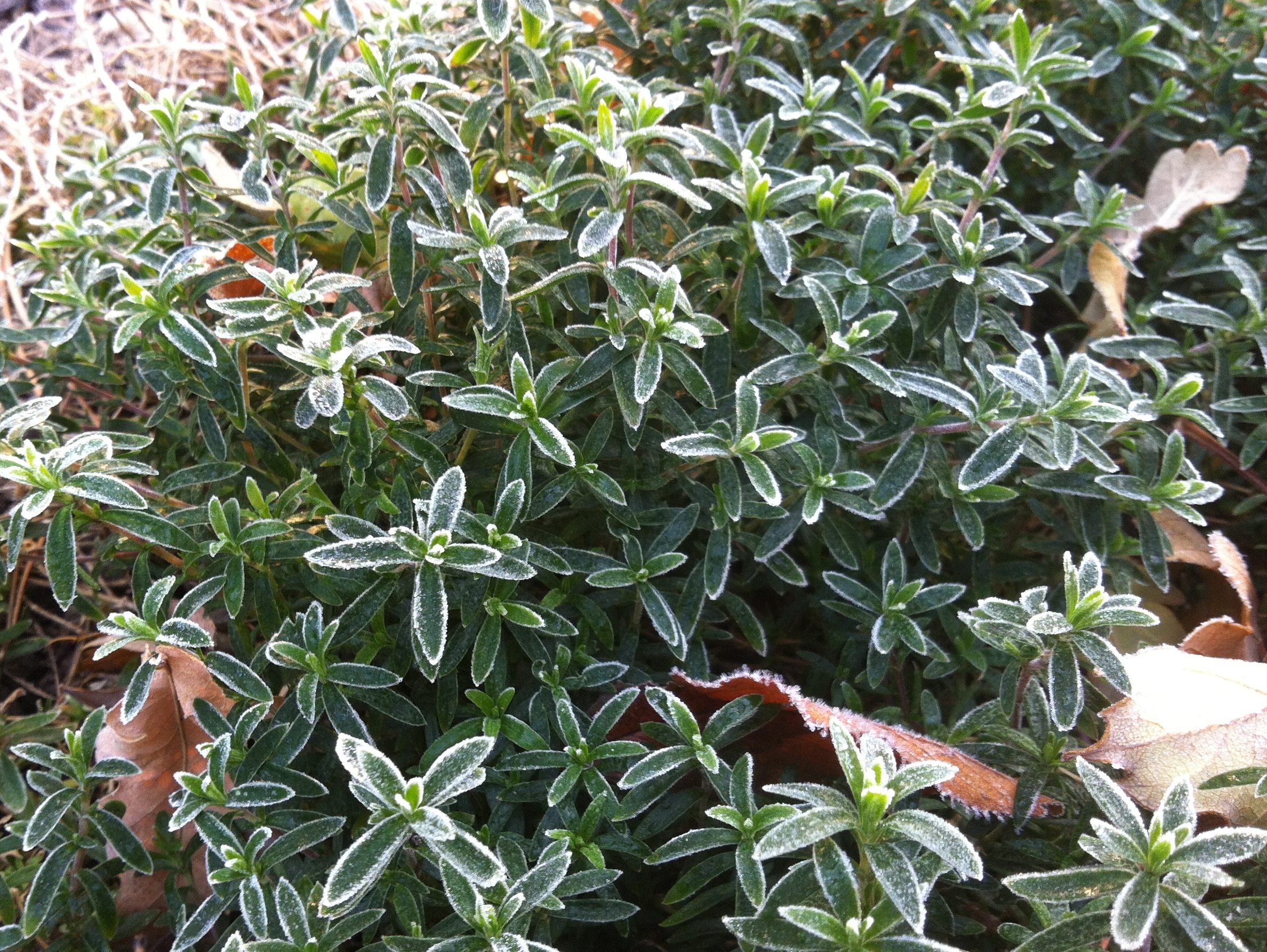
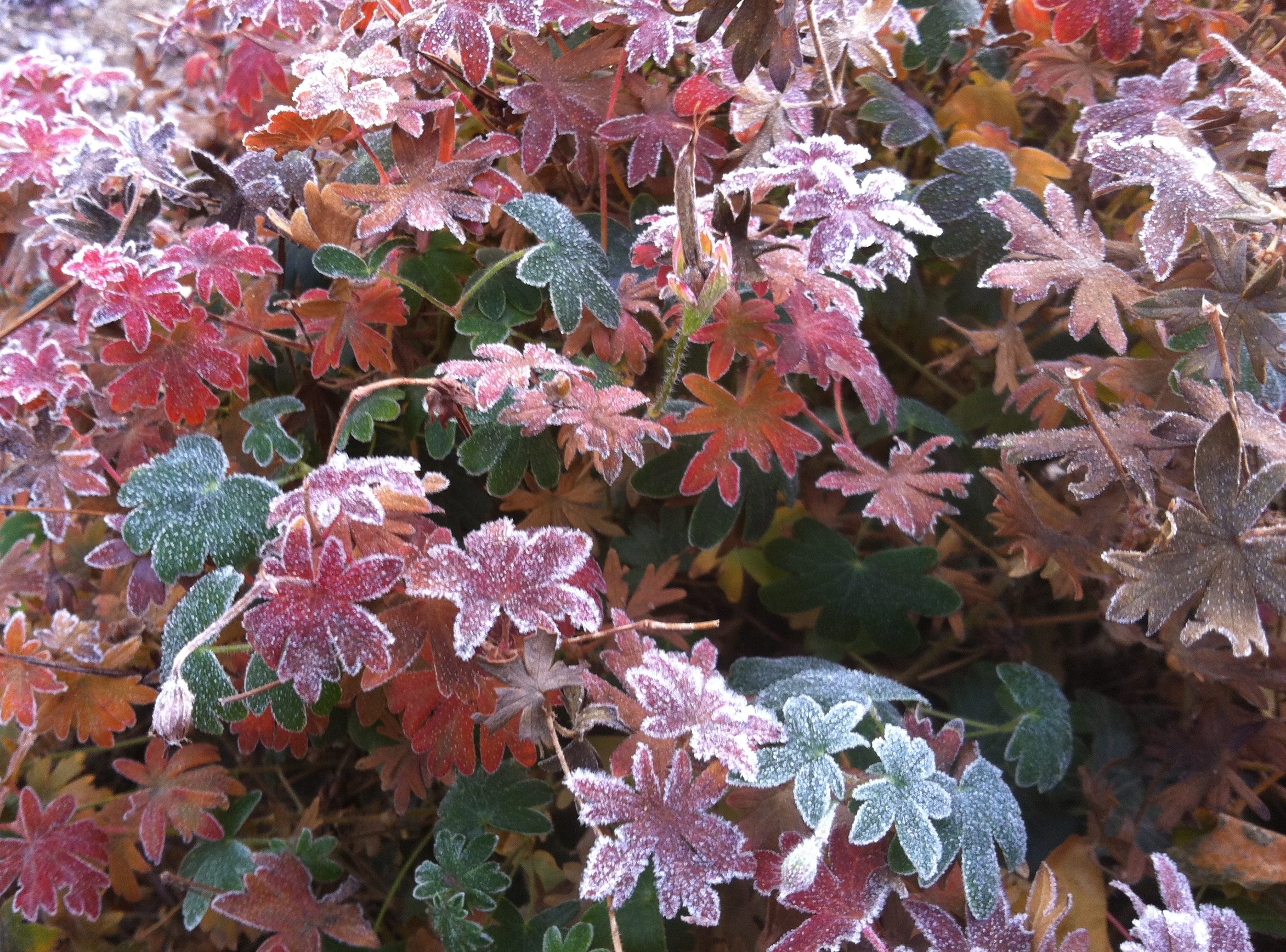

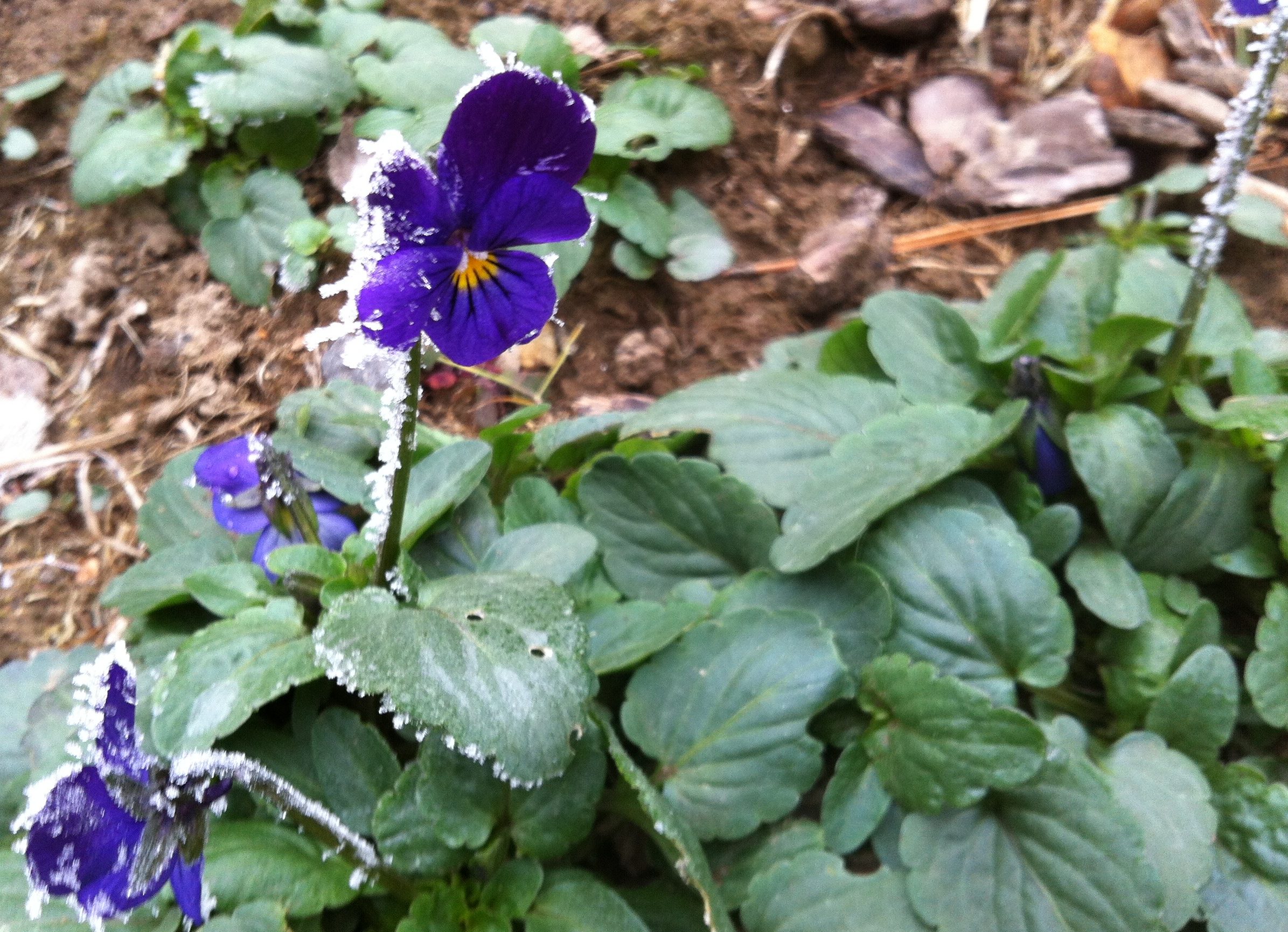

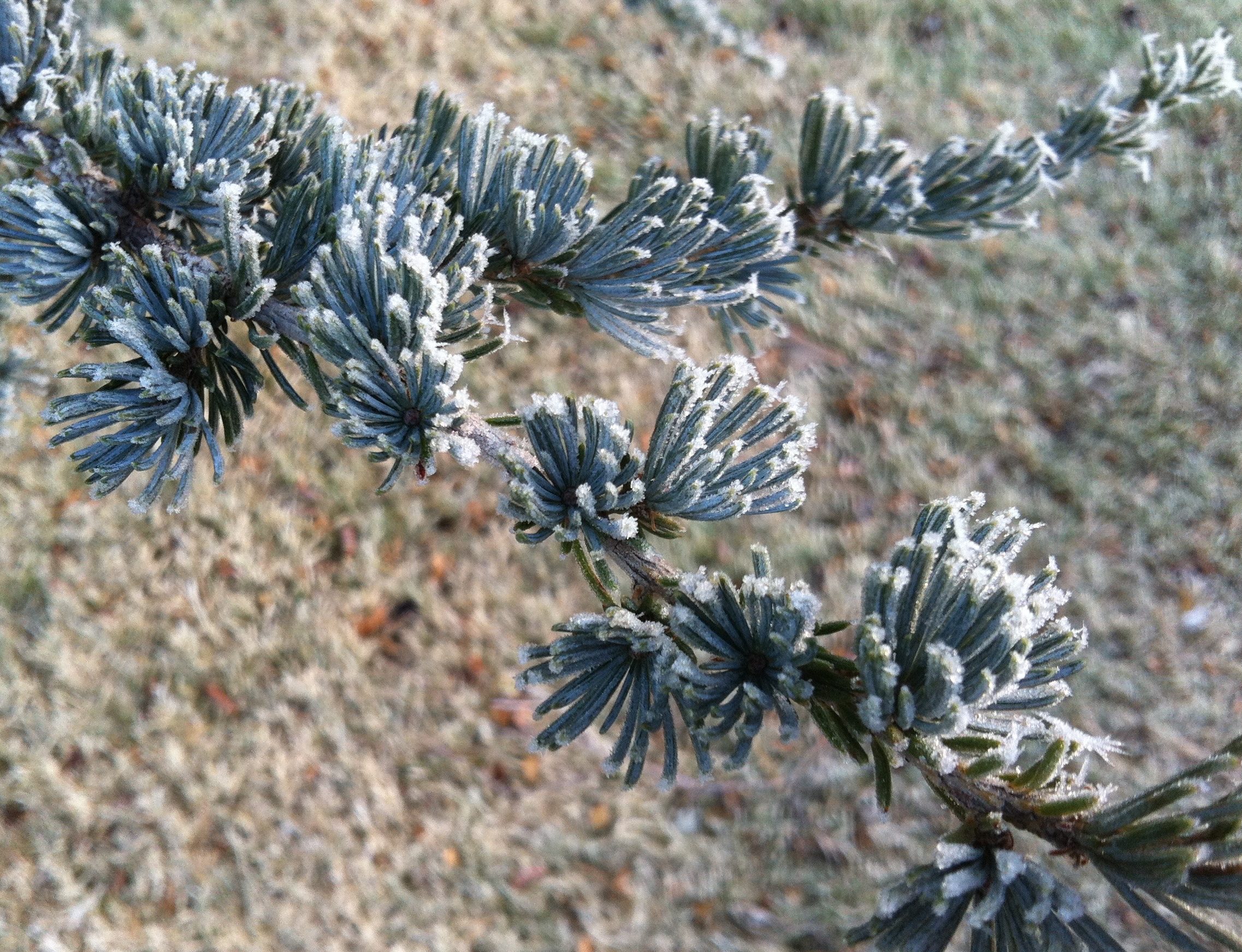

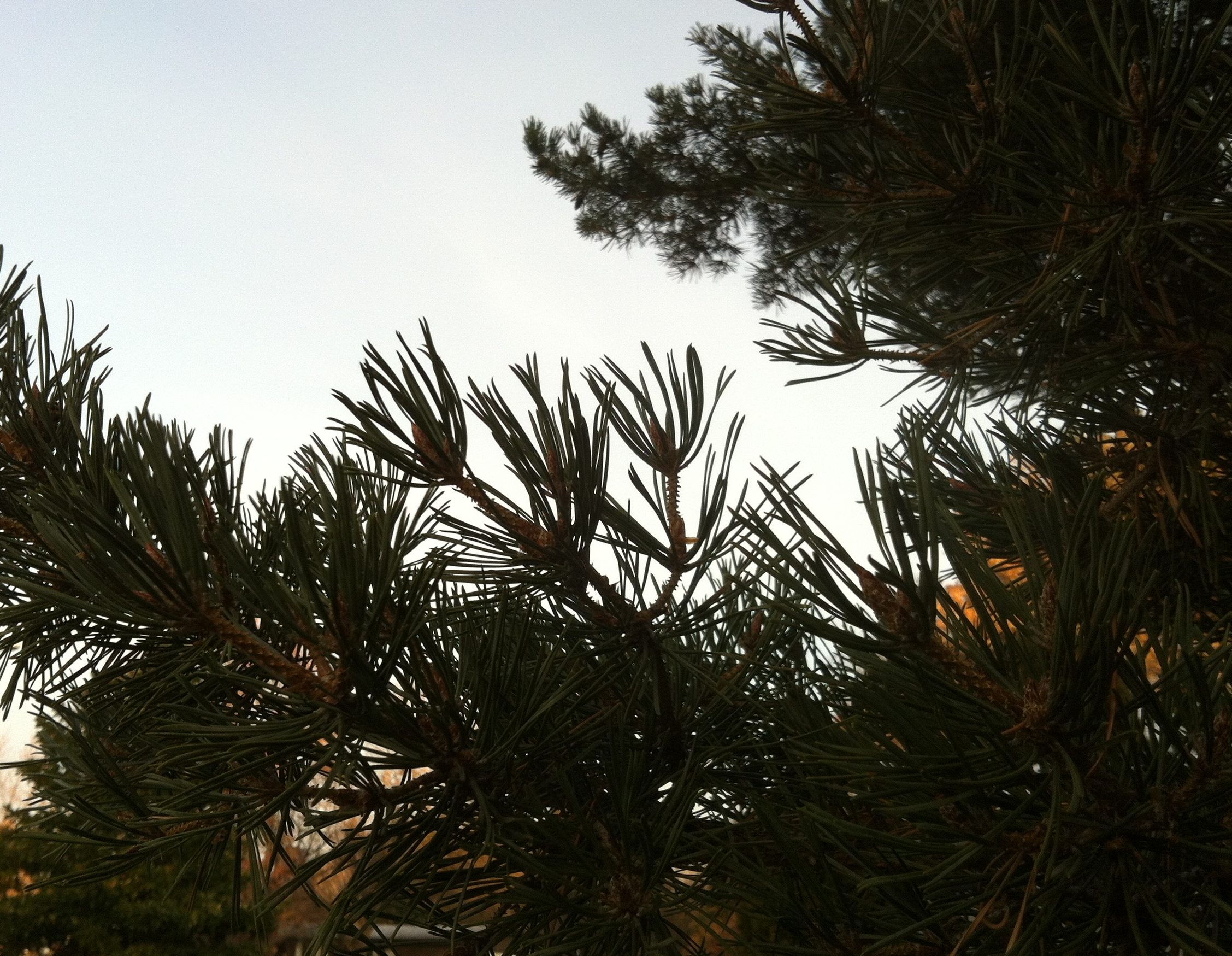


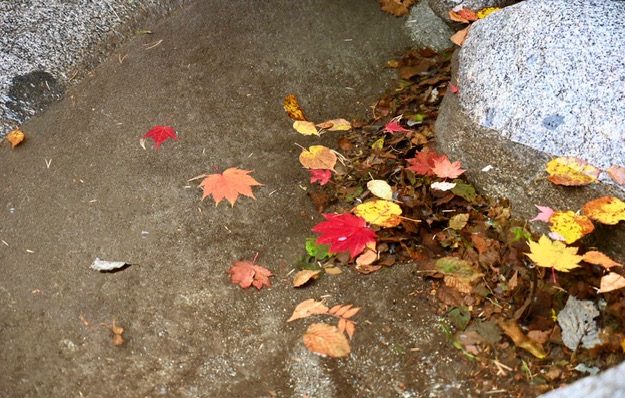
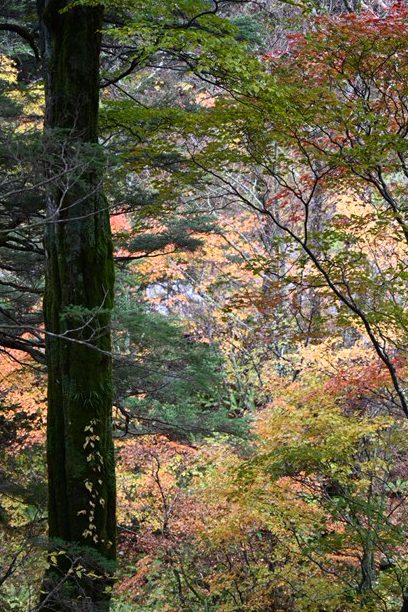

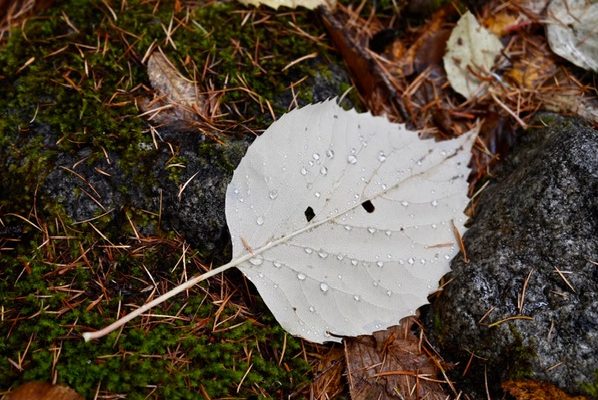
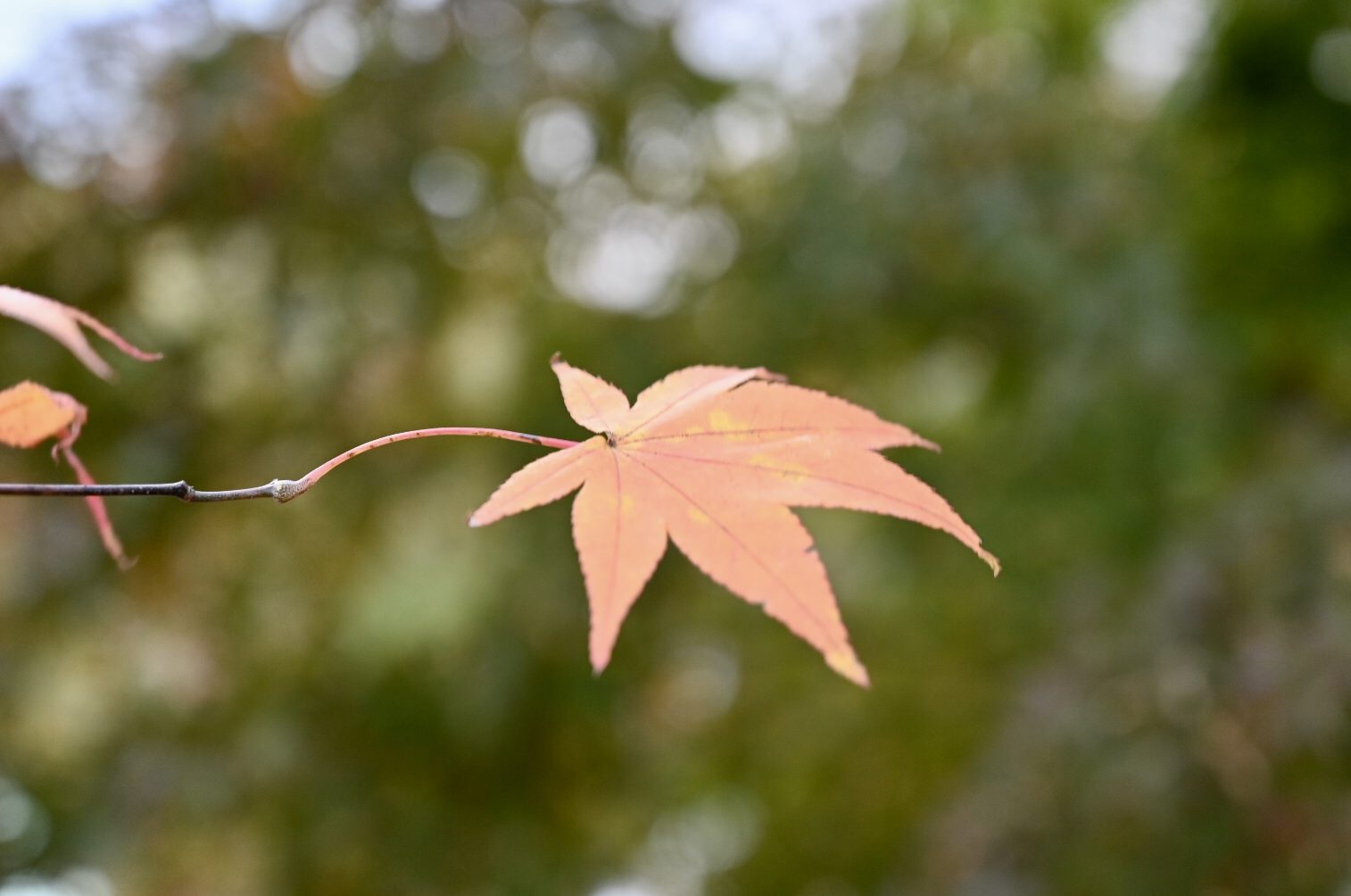

私の母は5歳時に広島におり、原爆投下の経験しています。
猛烈な熱さと、飛び散ったガラス窓。小さな川に人が水を求めて群がる様子を、子供でしたが記憶しているそうです。
亡くなった方や酷い負傷に長年苦しまれた方を思うと、平和への思いが溢れるようです。
核兵器禁止条約発効により、本当の平和が一層近づく事を願っています。
長崎の被爆者です。 皆さんお疲れ様です。 特に東京、広島、長崎会場の、司会者3人の方、素晴らしい進行ぶりでした。これからの活動が進化し広がり、伝わるように期待します。
不可能と思われたのに、多くの若者達が参加して発効にまで漕ぎつけました!「核なき世界へのスタート」、締約国を増やすために内外の人々と一緒の進化した取り組み大いに期待しています。77歳です。今日の日に感謝します。
私自身の感じる不思議な感覚で 今回の 核兵器禁止条約発効を 心より 喜ぶとともに
関係者の皆様に 心より感謝を申し上げます。
Eros(ローズマリーの花)地球を愛する真実の愛